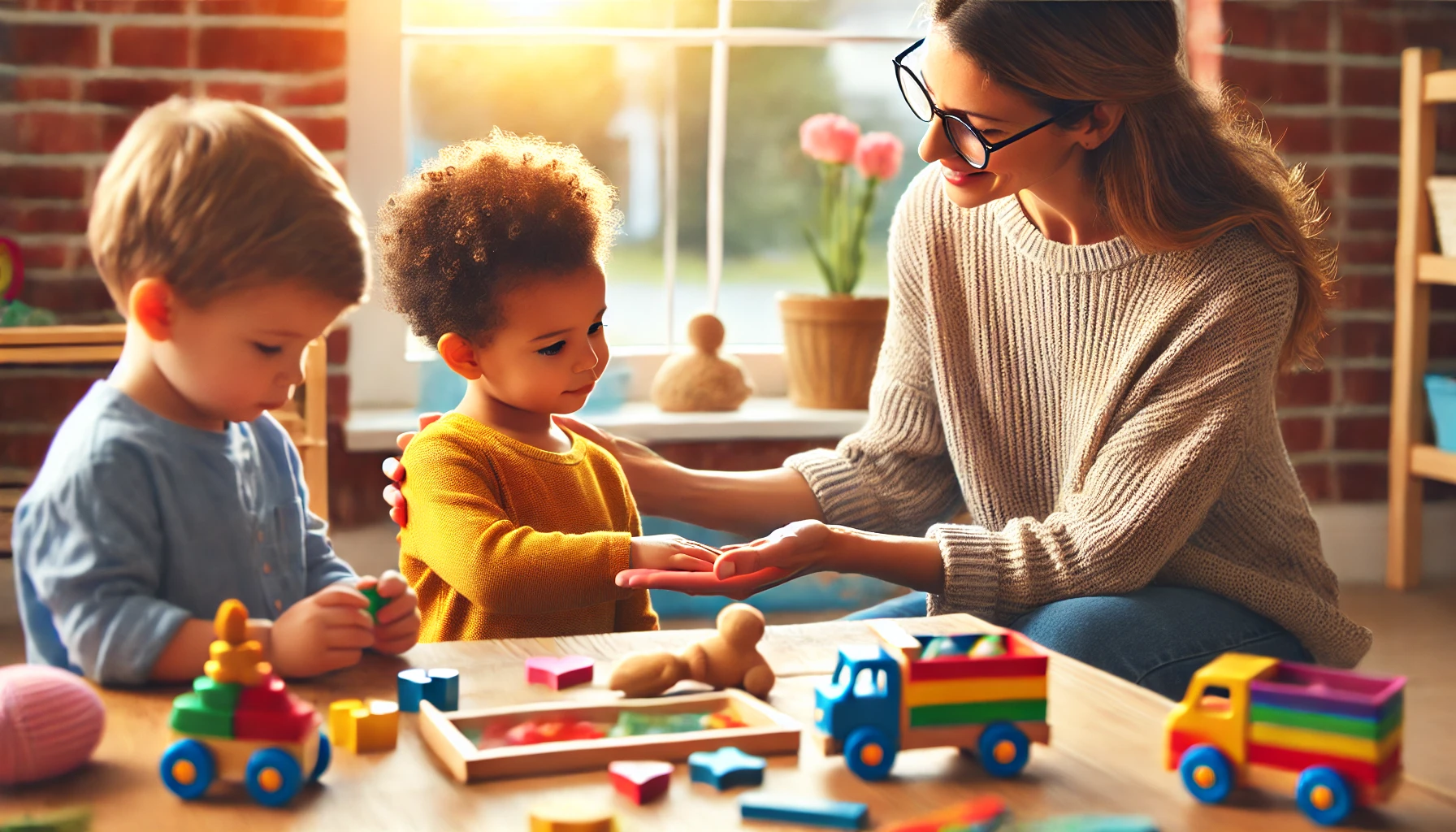How to Teach Young Children About Respect and Kindness Towards Others
Teaching young children about respect and kindness helps them develop empathy, positive relationships, and a strong moral foundation. When kids learn how to treat others with kindness, they become more understanding, cooperative, and socially aware. Parents can encourage respect through modeling, role-playing, and daily interactions. In this article, we’ll explore practical ways to help children understand and practice respect and kindness.
Why Teaching Respect and Kindness is Important
- Builds strong relationships – Helps kids develop meaningful connections with others.
- Encourages empathy – Teaches children to understand and care about others’ feelings.
- Promotes a positive community – Encourages respect for differences and inclusivity.
- Develops good communication skills – Helps kids interact with kindness and patience.
- Prepares for success in school and life – Teaches children how to cooperate and work well with others.
1. Explain What Respect and Kindness Mean
Helping children understand these concepts in simple terms encourages positive behavior.
Activity Idea:
- Use simple explanations: “Being kind means treating others how you want to be treated.”
- Give examples: “Saying ‘please’ and ‘thank you’ shows respect.”
- Ask, “How do you feel when someone is kind to you?” to build empathy.
What Kids Learn:
- That respect means listening and treating others fairly.
- How kindness makes people feel happy and valued.
- The importance of using kind words and actions.
2. Model Respectful and Kind Behavior
Children learn by watching how adults interact with others.
Activity Idea:
- Say “thank you” and “please” in daily conversations.
- Show active listening by maintaining eye contact and responding politely.
- Demonstrate problem-solving with kindness: “Let’s work together to fix this.”
What Kids Learn:
- That respect and kindness are part of everyday interactions.
- How to treat others with care and consideration.
- The importance of setting a positive example.
3. Encourage Kind Words and Actions
Teaching children to use kind words and actions fosters a respectful environment.
Activity Idea:
- Play a “Kindness Challenge”, where kids try to do three kind things each day.
- Create a kindness jar, where children add a note whenever they see or do something kind.
- Practice compliments by saying something nice about a friend or family member.
What Kids Learn:
- That kind words and actions make a difference.
- How to build a habit of being considerate.
- The joy of making others feel appreciated.
4. Read Books That Teach Respect and Kindness
Stories help children see the value of kindness in action.
Activity Idea:
- Read Have You Filled a Bucket Today? by Carol McCloud (teaches kindness and empathy).
- Discuss: “How did the characters show kindness?”
- Ask kids to share a time they were kind to someone or received kindness.
What Kids Learn:
- That kindness spreads and affects others positively.
- How small actions can make a big difference.
- The importance of choosing kindness in daily life.
5. Teach Kids to Respect Differences
Helping children appreciate diversity encourages inclusivity and acceptance.
Activity Idea:
- Introduce different cultures through food, music, and traditions.
- Encourage kids to ask questions and learn about others with curiosity and respect.
- Role-play scenarios where they practice accepting different opinions and ideas.
What Kids Learn:
- That people have different backgrounds and experiences.
- How to appreciate and celebrate differences.
- The importance of treating everyone with respect.
6. Practice Conflict Resolution with Respect
Teaching kids how to handle disagreements calmly helps them develop problem-solving skills.
Activity Idea:
- Use the “Stop, Think, and Speak” method when conflicts arise.
- Role-play how to solve common conflicts, like sharing toys or taking turns.
- Encourage kids to say, “I don’t like that, but we can find a solution together.”
What Kids Learn:
- That disagreements can be handled respectfully.
- How to express their feelings without hurting others.
- The value of listening and compromising.
7. Reinforce Acts of Kindness and Respect
Recognizing and praising kind behavior encourages children to keep practicing it.
Activity Idea:
- Say, “I love how you helped your friend—what a kind thing to do!”
- Use a “Kindness Star Chart”, where kids earn stars for respectful actions.
- Ask, “How did it feel to be kind today?” to reinforce self-awareness.
What Kids Learn:
- That kindness and respect are noticed and valued.
- How their actions positively affect others.
- The motivation to continue being kind and respectful.
8. Be Patient as They Learn
Developing respectful and kind habits takes time, so consistent guidance is key.
Activity Idea:
- If a child forgets to be kind, gently remind them: “Let’s try saying that in a kinder way.”
- Praise efforts, even if small, to encourage improvement.
- Share stories of famous kind individuals and how they made a difference.
What Kids Learn:
- That learning kindness is an ongoing process.
- How to keep improving their interactions with others.
- The importance of being patient and understanding.
Final Thoughts
Teaching young children about respect and kindness helps them develop empathy, social awareness, and positive relationships. By modeling kind behavior, encouraging thoughtful interactions, and reinforcing respectful habits, parents can guide children toward becoming caring and considerate individuals who treat others with kindness and respect.
